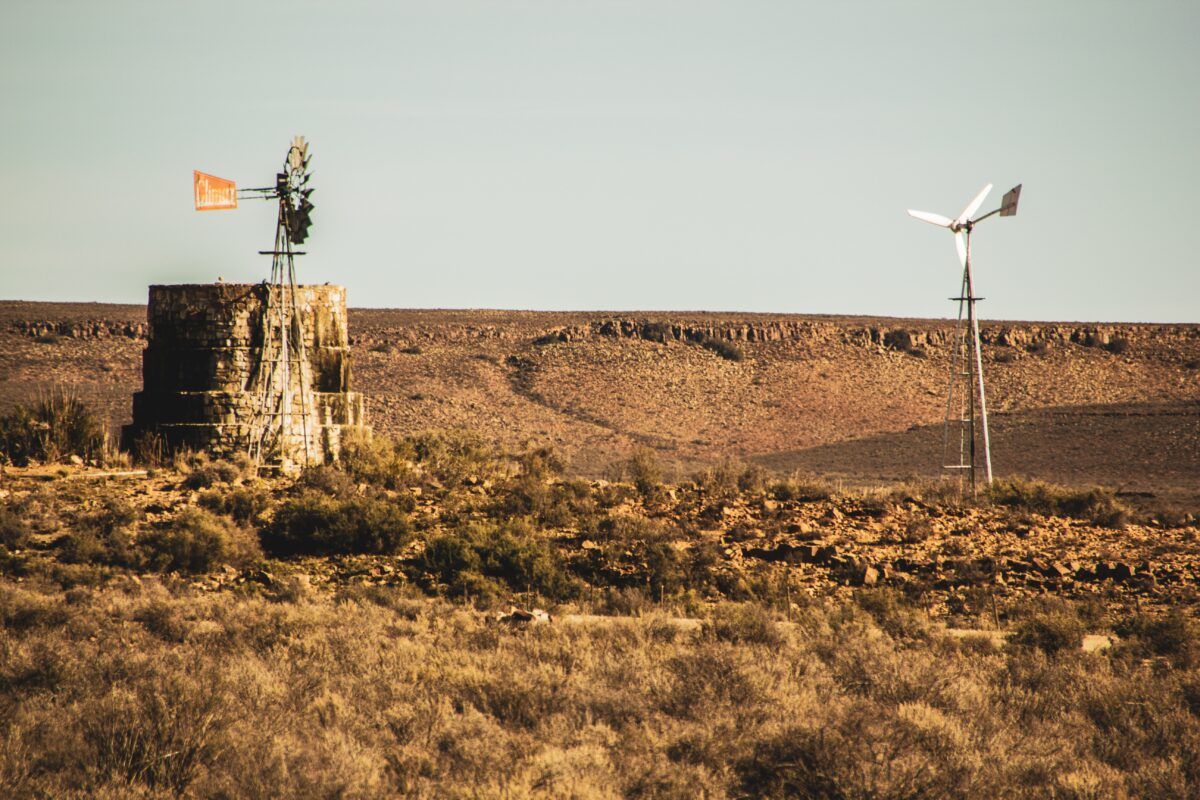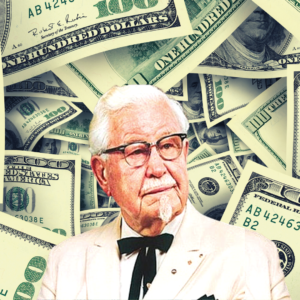
Is your teenager’s defiant behavior ruling your family life?
The teenage years are challenging, leaving many parents and caregivers at a loss. But in fact, there’s a perfectly legitimate explanation for their behavior. During adolescence, humans begin developing their prefrontal cortex—the part of the brain responsible for making judgments, weighing pros and cons, and managing emotional responses.
This critical part of the brain continues developing until the mid-20s, making it difficult for teenagers to think critically and manage their moods. Research even shows that teens often misread cues and facial expressions…and are more likely to interpret them as being shocked or angry.
Yikes! Combined with the flood of new hormones coursing through their bodies, it’s no wonder your teen walks around constantly sighing, rolling their eyes, and slamming doors!

Understanding the Three Rs
According to child psychologist Dr. Louise Porter, who I co-authored the Guidance Approach to Parenting with, 75% of family disruptions result from what Dr. Thomas Gordon called the Three Rs: Resistance, Rebellion, and Retaliation.
When your child refuses to walk beside you at the mall, they’re resisting. When they go to a party instead of doing their homework, they’re rebelling. When they’re aggressive with their siblings because they feel misunderstood, they’re retaliating.
Teens’ defiant behavior is a reaction to power and control being imposed over them and is the classic activation of those 3Rs mentioned above. The lack of control over their emotions and bodies, combined with their legitimate need for self-direction and autonomy that is thwarted by many parents, causes them to “act out.”
As parents, we owe it to our teenagers to practice empathy and do our best to understand where they’re coming from. To combat normal but challenging behaviors, we have to give them the autonomy they crave while still ensuring their safety and well-being

7 Practical Tips for Managing Your Teen’s Behavior
The 3Rs can be eliminated by using the Guidance Approach to Parenting. The reason the 3Rs surface is that controlling discipline activates them. The way to prevent them from surfacing is to never activate them in the first place. My TEDx talk, “The Rebellion is Here: We Created It and We Can Solve It,” has more detail about how the process works.
These practical tips can make a world of difference:
1. When tempers rise, disengage. If your teen is defensive or upset, postpone heavy conversations for a later time. Give them space to calm down and think things over. You’ll benefit from this space, too.
2. Set age-appropriate guidelines. Give your teenagers the independence they crave, setting age-appropriate guidelines. What’s reasonable for a 13-year-old is probably too restrictive for a 16-year-old, so use your judgment and be open to feedback. Create solutions together, seeking clarity so everyone’s on the same page: “So are you saying you would feel better if I let you do your own thing from 2-5 pm on Saturdays, as long as you tell me where you’re going and with whom?”
3. Find common ground. Connect with your child by finding activities you both enjoy. Watch a movie together, go get ice cream, or play a favorite sport. Engaging in shared interests fosters a positive environment for meaningful connection. If your teen starts opening up about their life, listen and invite them to tell you more! Be careful not to use the 12 roadblocks to communication or will go awry!
4. Respond, don’t react. When your teenager confides in you for the first time about, say, a boy they’re interested in, resist the urge to freak out! Drop the “my baby” perspective and be as objective as you can. Give advice like you would to a friend, assuring your teen that they can talk to you about anything—even the uncomfortable stuff.
5. Avoid phrases like “You never” and “You always.” Nothing sparks defensiveness more than the words “never” and “always.” Reframe your language to be non-accusatory. Instead of, “You’re always late for school!” say “I’ve received some reports about lateness from your school; is everything okay?”
6. Respect their privacy. With so much happening in their minds and bodies, teens can be extremely self-conscious about, well, everything. Respect their budding sense of self. That means no snooping in bedrooms, phones, laptops, or social media. Build trust with your teen, and they’ll feel empowered to tell you what’s going on.
7. Help them understand the changes in their body. Teens are better equipped at handling physiological changes when they’re fully aware of what’s happening. If they don’t want to talk to you about these changes, enlist the help of a trusted family member, friend, or counselor.
As your teenager navigates this complex period in their lives, it’s critical for parents to provide the support they desperately need.
Still feeling daunted? Parents need support, too! Our private FB community can help you chart these churning waters. Join us inside the Facebook Group for Tuesday Tips for Parents, Tuesdays at 6:10 pm PST. Our team of coaches streams in live every week to answer all your parenting questions.











